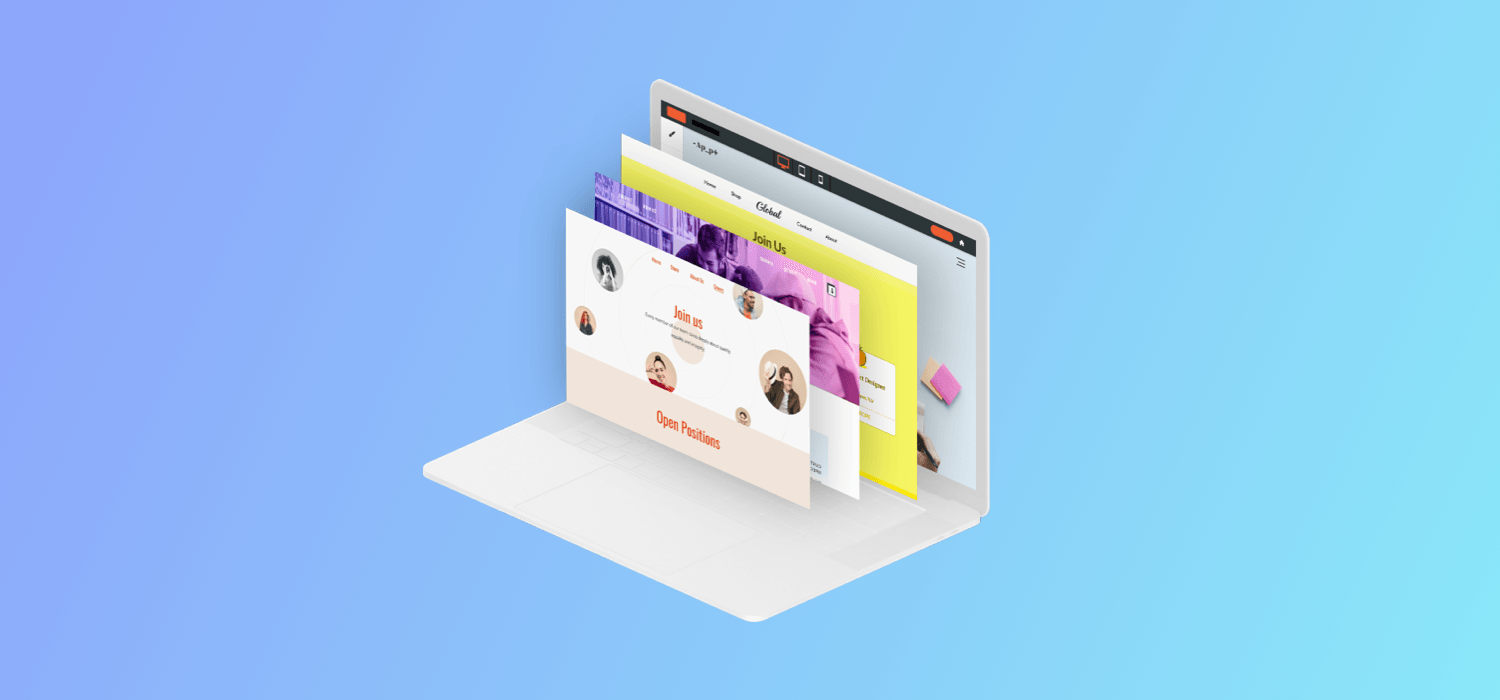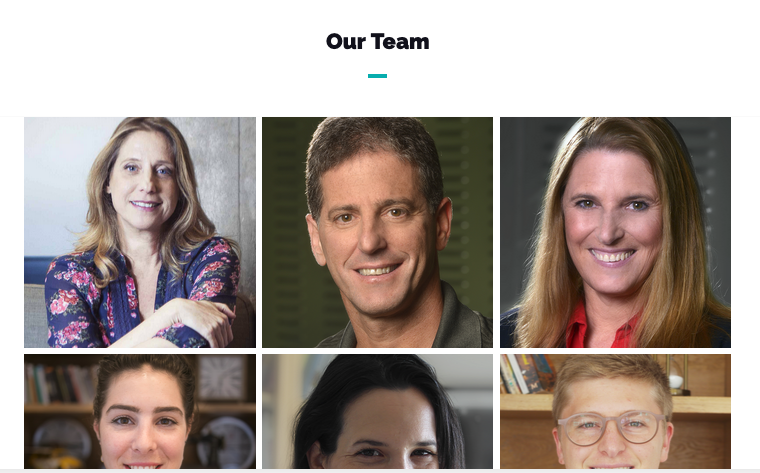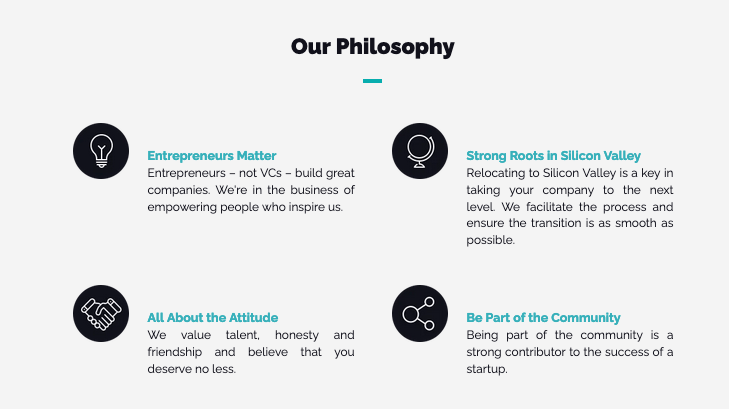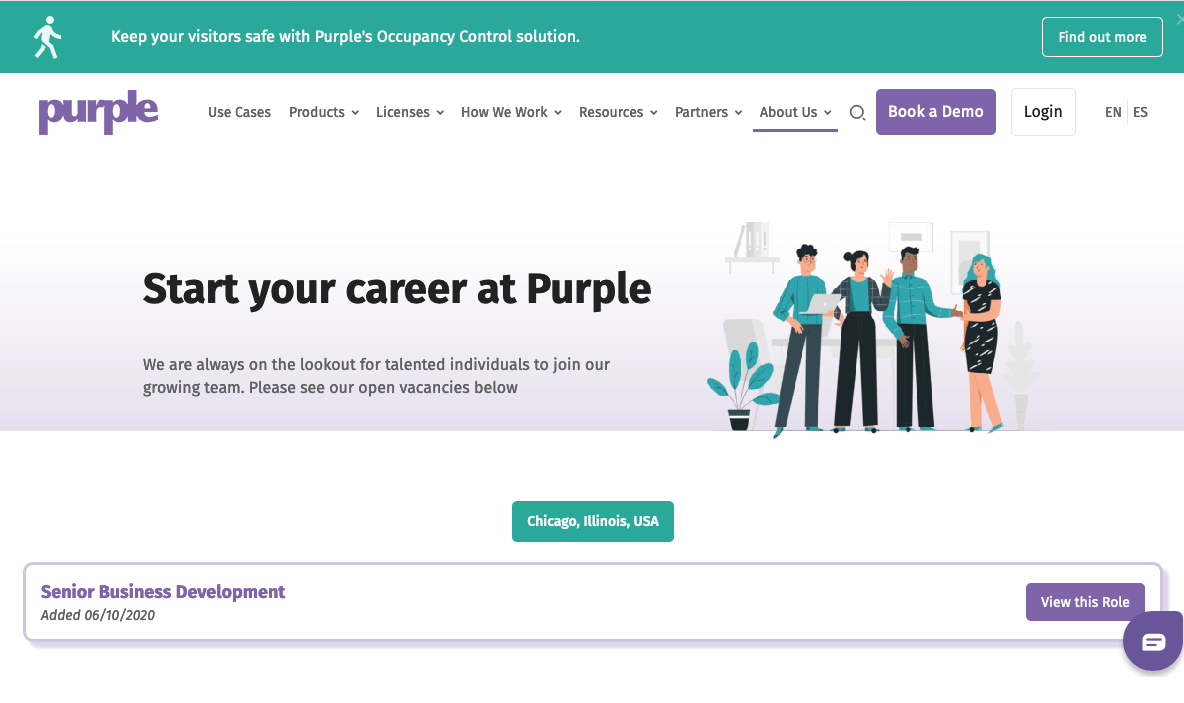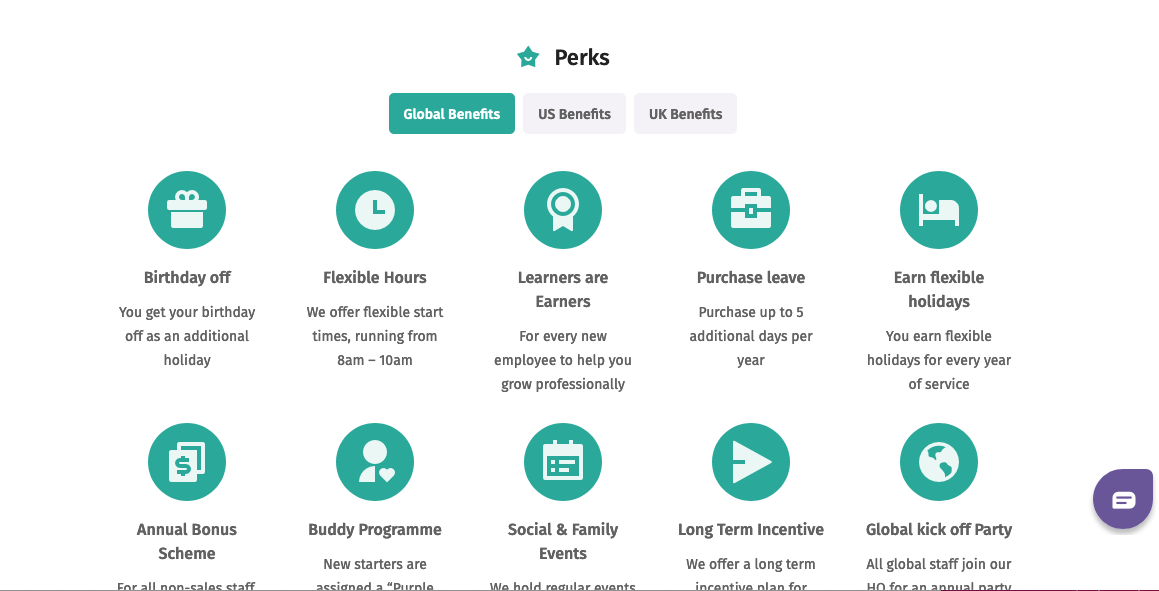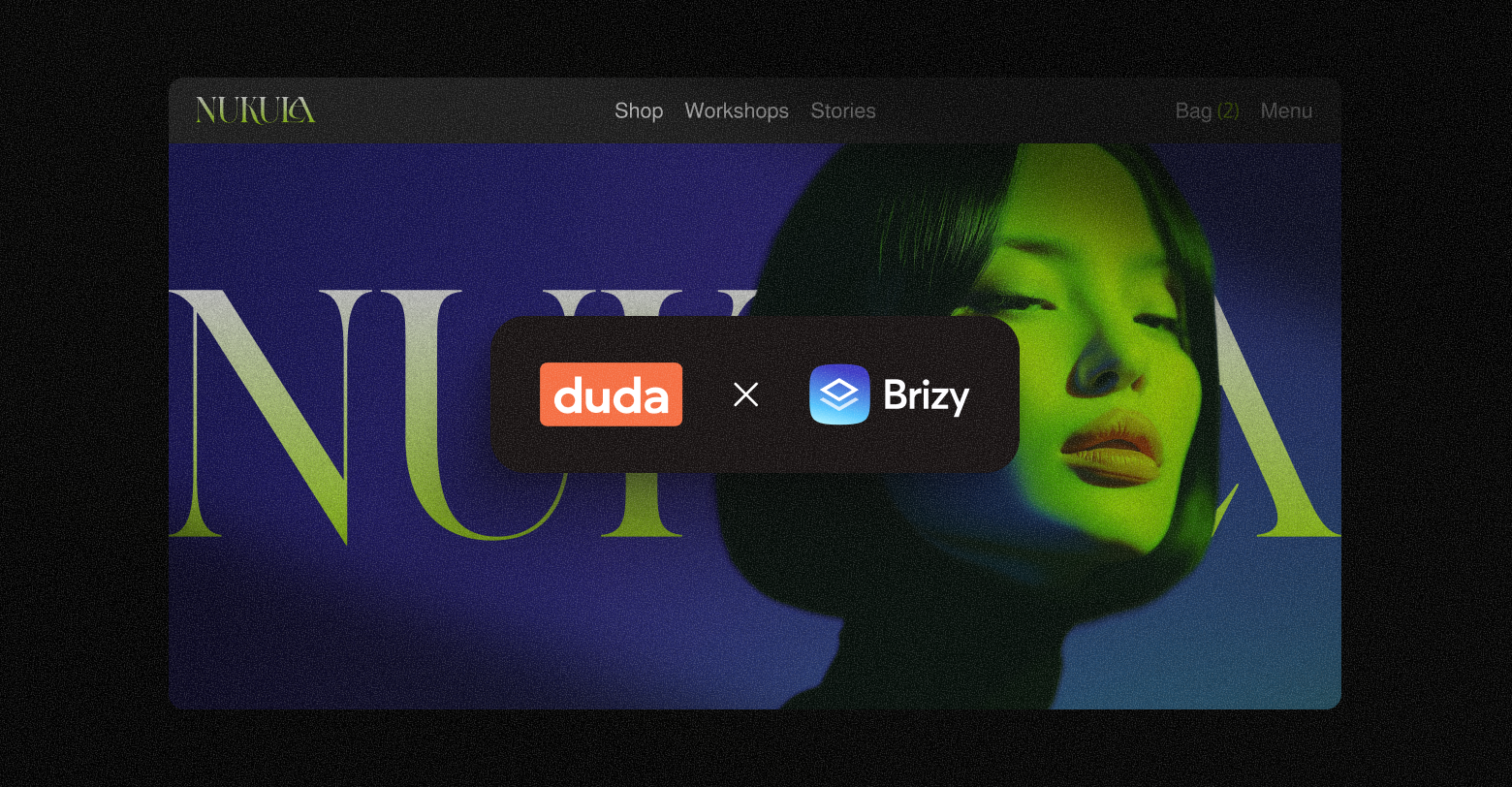In the ongoing battle for top talent, businesses across various industries are vying for the attention of skilled candidates. Amid this competitive landscape, a well-crafted careers page, easily built using a good
website builder platform, can be a powerful tool in attracting and engaging prospective employees.
In this comprehensive guide, we'll delve into the quintessential components every careers page should encompass. From attention-grabbing headlines to compelling job descriptions and employee success stories, we'll explore the key elements that set a careers page apart. To illustrate these principles in action, we'll showcase standout examples from leading companies.
Read on to discover how a meticulously designed careers page, created with the convenience of a website builder platform, can be the linchpin in any talent acquisition strategy.
Why careers pages matter
For the past decade or more, many industries have pivoted to address what they dubbed the “war for top talent.” Accounting firms talk about it ad nauseam, tech and engineering companies snatch up talented candidates while they’re still in college, and most professional and skilled laborers in tight labor markets, like those that work in the construction industry, have their pickings of jobs.
In fact, 61% of HR respondents in a
Deloitte report said that finding qualified hires is their biggest challenge above all other HR concerns. And the challenge is particularly acute for smaller businesses;
64.2% of SMBs say they struggle to find qualified talent.
Altogether, it’s certainly enough to prompt any business to take a fresh look at their careers page and ensure it’s optimized to attract and entice talented applicants.
Essential elements of careers pages
There is no perfect recipe for a successful careers page and each one will be unique. However, there are some commonalities that are found across the board.
A headline that grabs candidates’ attention and content that communicates something important about company culture.- An elevator pitch that describes why someone would want to work for the company.
- Succinct, enticing job descriptions for current openings.
- Employee success stories.
- Keywords that increase discoverability.
Let’s break down each of these essential elements.
Headline & Overall Content
The headline should grab candidates’ attention because everyone has a short attention span. How short? In the past decade, the average attention span has decreased by over 50%. When starting the application process,
74% of candidates don’t finish.
In addition to a great headline that draws in ideal candidates, the content of a careers page itself needs to answer some basic questions. People want to know what it’s like to work there. Do people enjoy being a part of the team? What is the company culture like? What kind of projects does the company have? Can employees occasionally work from home?
Try to include anything that makes working at your company unique and the reasons your current employees enjoy their work. Your own team is your best resource when it comes to brainstorming the content that should go on your careers page.
The Sales Pitch
Why should candidates apply to work for the business for which you’re building this careers page? What does your client have that no other companies have, or that makes it distinct for employees? Some possibilities might be:
Mentoring into senior leadership spots - A share of the business’s stock
- Close team collaboration
- A trust-focused work environment where employees have flexibility and independence
- A mission-driven or values-driven work environment
Be sure to weave these competitive advantages into a compelling sales pitch to your potential employees and you’re bound to get a higher quality of candidate.
Succinct, Enticing Job Descriptions
As with most types of web copy, job descriptions should be relatively short, but detailed enough to spark a reader’s interest.
Indeed.com recommends including the following points in job summaries.
“Open with a strong, attention-grabbing summary. Your summary should provide an overview of your company and expectations for the position.”- “Hook your reader with details about what makes your company unique. Your job description is an introduction to your company and your employer brand. Include details about your company culture to sum up why a candidate would love to work for you.”
- “Include an exact job location. Provide an exact job location to optimize your job posting so it appears higher in job search results.”
Additionally, you want to make it as easy as possible for candidates to apply for open positions right there on the page, so adding some way for applicants to submit a resume (e.g. a contact form) is highly advised.
Employee Success Stories or Testimonials
Showcase the employees that work at the company. Add video and text testimonials that cover their career growth over the years, the value they place on their work-life balance, and how they feel about the company’s mission. Today’s candidates, like today’s consumers, want social proof.
Keywords That Increase Discoverability
A careers page is only useful if applicants can find it. To be sure that they do, include long-tail keywords in your job description to make it easier to find in search engines. It is wise to use these same descriptions across the web in any job boards and link back to your website whenever possible.
It is also important to make sure your website is up to the latest technical SEO standards and aligned with Google’s best practices for
page experience.
In addition to addressing a careers page's SEO, you may want to offer a PPC marketing strategy to attract qualified talent to it as quickly as possible.
Careers page Examples
Now that we've covered the essential elements of any careers page, let's take a look at a few fantastic examples from around the web.
TLV Partners
Elinorky Designs created the
TLV Partners site using the Vacation template on Duda. In many ways, the homepage operates as a career page as it includes sections about the team and company culture.
This page answers all of the key questions covered above regarding the content of a careers page. ‘Who will I be working with?”, “What type of work will I be doing?”, “What are the company’s values?”, and “What will working there be like?”, are all addressed.
To make it easy to submit applications, the firm links to its resume management system directly in the site’s top navigation.
Purple has many products, including one that measures weather patterns. Together, the Purple weather devices allow the public and experts alike to track weather trends (e.g. the off-the-charts particulate matter readings during the fall of
2020 U.S. fires in Oregon and California).
As a tech company, Purple has put a lot into its careers page since it needs to recruit talent in such a competitive industry. The careers page includes a sales pitch about why job-seekers should work for Purple, testimonial quotes from employees, employee success stories, and even career blog content with takeaways and actionable suggestions.
The Purple careers page answers all of the questions a potential candidate could have about working there and makes it easy for someone to judge quickly whether the company is a good fit culture-wise. It pulls no punches and sells the company as a standout place to work boldly and directly.
Kickstarter is another great example of a careers page that is designed around conversion. It starts with a catchy headline that reflects its employee persona. And the designers really set the page off with great contrast and images.
This is followed on the page by Kickstarter expressly outlining the two values they believe their employees should live by — art and creative expression. That type of direct language goes a long way toward reeling in the candidates they want most.
To finish the page out, Kickstarter introduces one of the other essential elements of a careers page: a functional interface that allows applicants to submit resumes quickly and easily.
Putting Your Careers Page to work
Even small businesses need to use careers pages to help them find and recruit talent. Whatever size your web design client’s operation, they’ll need your help putting together a one that attracts high quality candidates.
As recruiter
Matt Charney says, “In recruiting today, it’s not only recruiters who are doing the research. Top talent is searching for a company the same way they would any other purchasing decision.”
So with that advice in mind, it’s important to remember that the best help you can provide to your client is to ensure all of the essential elements of a careers page listed above — a good headline, a sales pitch for the company as a workplace, enticing job descriptions, employee success stories and/or testimonials, etc. — are included on the page.
Related Posts
By Stephen Alemar
•
October 23, 2025
Discover why Duda is a top-rated website builder on G2, recognized for usability, easy setup, strong relationships, and excellent results, all backed by real reviews.
By Ilana Brudo
•
October 16, 2025
Discover why digital marketing agencies are choosing Duda over Wix Studio and WordPress for speed, reliability, and client experience, and how it helps them scale without operational overhead.
By Stephen Alemar
•
October 14, 2025
Duda vs. Brizy: Compare these website builders for agencies focused on scaling, client management, AI, eCommerce, and team collaboration.
Show More


